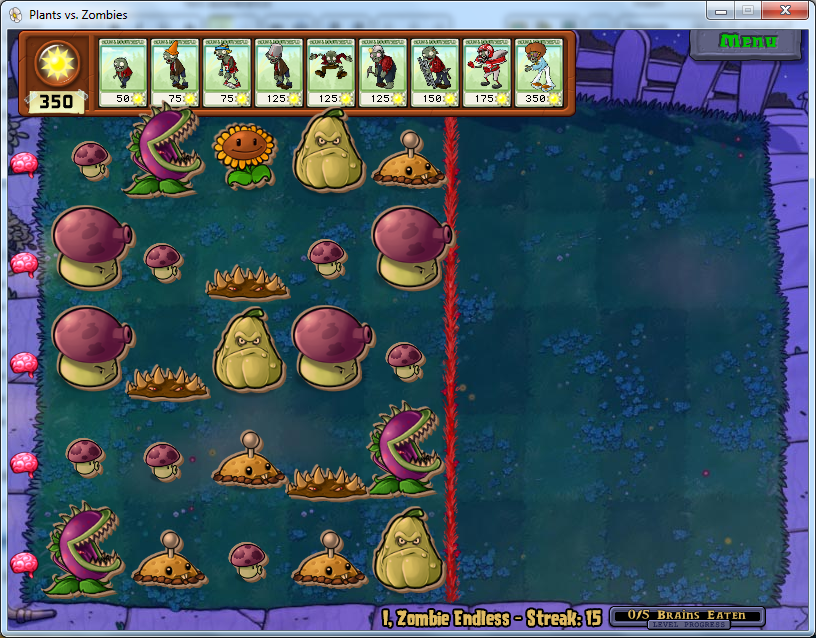

It ignores its daily leaf chomping duties and stands guard over the pupae, violently swinging its head at incoming predators, knocking them away. Then, in a bizarre twist, the caterpillar becomes a bodyguard.
Kill zombie tree zombie driver skin#
The larvae gobble their way through the caterpillar’s skin and attach themselves to a nearby piece of foliage and form a cocoon. Members of this genus lay up to 80 eggs in a live caterpillar that then hatch and snack on the poor unsuspecting host’s body. There are a few truly disgusting examples of parasitoid wasps, starting with Glypatapanteles species. But they don’t merely act as a cozy cot the developing little critters actually devour the host, too.

The majority of wasps are actually parasitoids, meaning that they borrow the body of another organism and use it as a nursery for their demanding offspring. Some people are happy to fork out money for babysitters, but the same cannot be said for many wasp species. This change in brain chemistry could affect neuronal integrity, ultimately leading to modified behavior. Later, it was revealed that infected gammarids had altered serotonin-related (serotonergic) activity in their brains. This was considered out of the ordinary because these animals usually reside at the bottom, avoiding the mouths of hungry predators.įurther investigation revealed that the daredevil individuals were all infected with trematode worms known as acanthocephalans which, as before, manipulate the behavior of the host in order to perpetuate its life cycle. Back in the 1980s, scientists observed small crustaceans called gammarids happily chilling at the surface of bodies of briny (slightly salty) water in France. Interestingly, this is not the only example of parasitic worms inducing risky swimming behaviors. Somewhere along the line, this causes the cricket to behave in an abnormal and suicidal manner, waving goodbye to terrestrial life in favor of an early watery grave. The worms then wriggle out of the dead carcass in search of a mate.Īlthough it is not known how precisely these worms alter the behavior of the cricket, studies have shown that the worms produce large quantities of neurotransmitters when inside the host and also cause the host to produce more neurotransmitters. Normally, crickets stay away from water for fear of death, but infected hosts actually go out of their way to seek out water and cannonball into it, killing the poor swimmers pretty quickly. Then, the worm needs to get back in the water to complete its life cycle, so it makes the cricket commit suicide. Incredibly, the worm can grow to around a foot in length, inside a little cricket! Quite the contortionist. The parasites burrow through the gut of the cricket before settling down in a comfy body cavity. These insects then get gobbled up by hungry crickets, who really don’t know what's coming next. The larvae of these creatures reside in bodies of water throughout America, and start off their bizarre journey after being eaten by a mosquito. Horsehair worms, long stringy endoparasites of various arthropods, are sickeningly interesting. Spores are then released from the fungus into a small area below the leaf referred to as an “infectious killing field,” ready to start the process over again. Next, the hyphae (tubular fungal structures) grow inside the host, eventually tearing through the back of the head. Here, the ant bites down on the leaf, usually on a vein, performing what is known as a “death grip.” As the name suggests, this location will be the final destination of the ant as the parasite kills it. But not just any leaf- a leaf with ideal conditions for the fungus to grow. After parasitizing this usually arboreal species, the fungus manipulates it in such a way that it abandons its tree house and heads for the sheltered underside of a leaf. unilateralis, for example, infects carpenter ants ( Camponotus). Numerous different Ophiocordyceps species have been described that differ in their choice of host and killing. And to add insult to injury, they also kill the poor suckers and grow a triumphant stalk out of their head. They zombify host ants and make them seek out the perfect environment for growth.

But members of the Ophiocordyceps genus have evolved a spectacular mechanism to get around this. Humidity and temperature fluctuate, and many species can only thrive within a specific range of these variables. It’s not always easy being a fungus residing in a tropical forest.


 0 kommentar(er)
0 kommentar(er)
